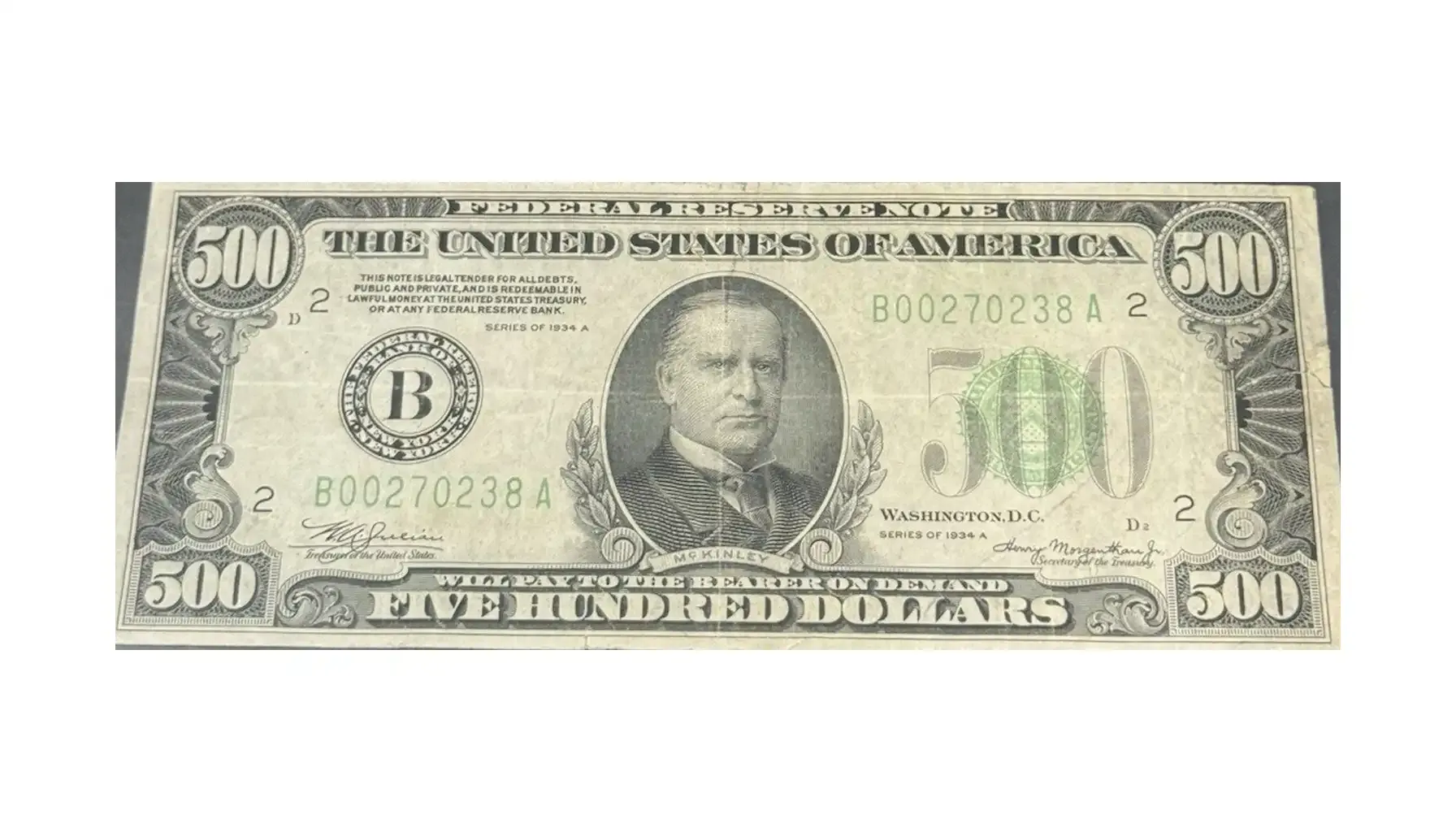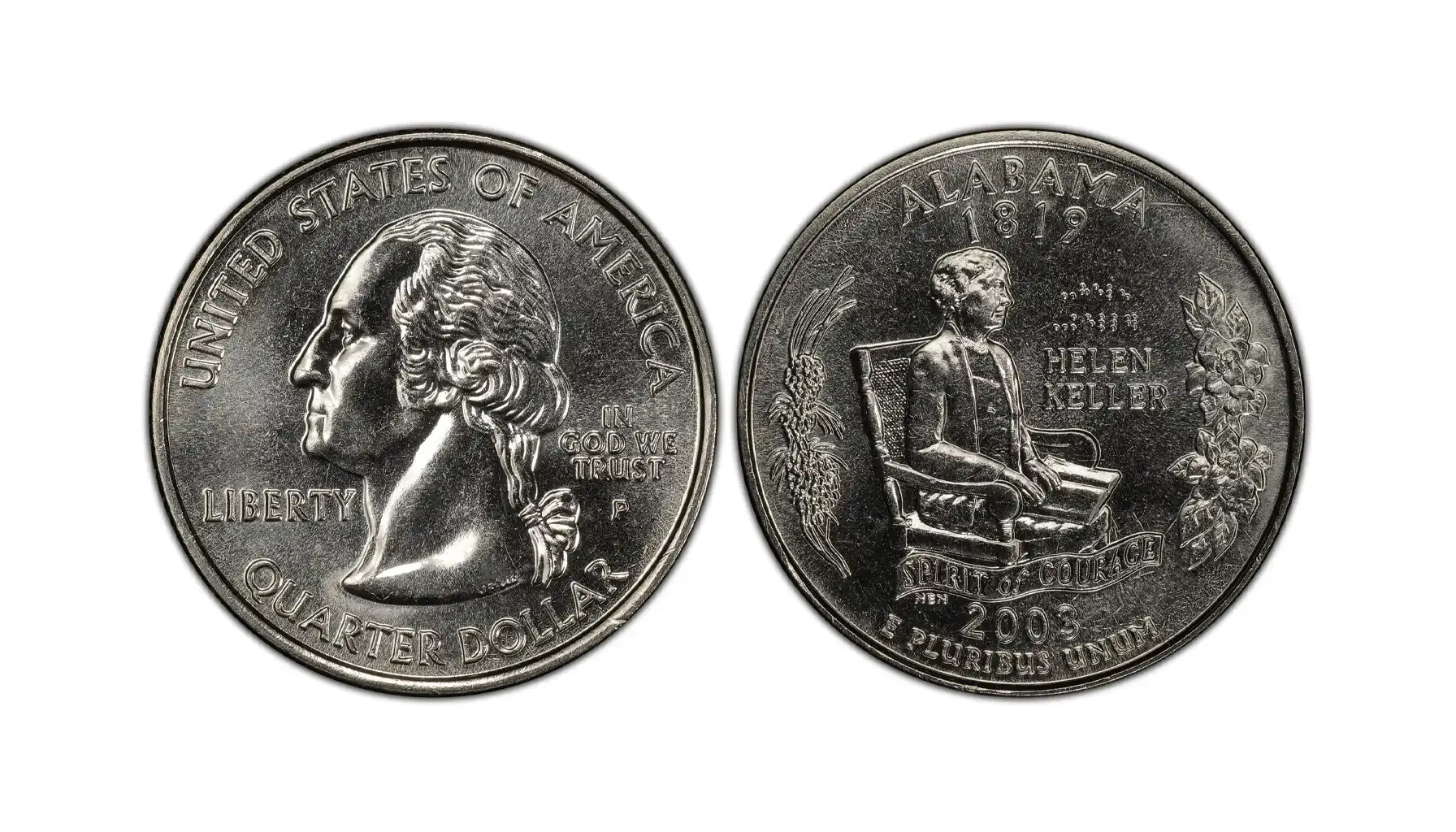Contents:
As usual, a meek penny might seem like one of the least significant coins in the realm of American numismatics, yet its true value may go far beyond what is written on its face. Among such dark horses of coin-collecting endeavors is the 1964 Lincoln Cent, i.e., a coin minted during a dramatic period of US history. And its background may reveal numerous intriguing facts regarding its place in the monetary arena.
What is hidden behind the penny 1964*? What are the main traits and physical characteristics of this instance, and why does it command higher prices under certain conditions? Explore this material, and you will discover how to identify these coins and where to seek assistance on your numismatic path. Have fun, and let your collections get richer.
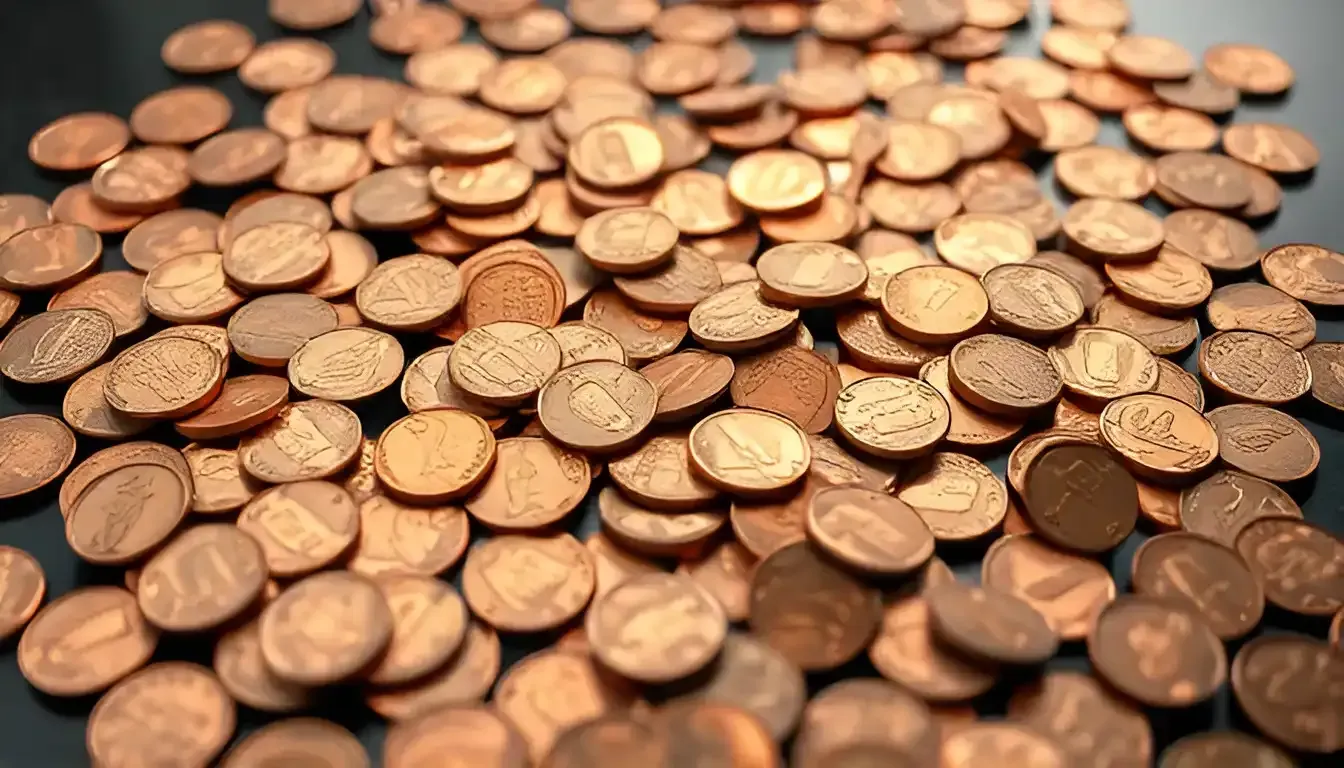
The History of the 1964 Penny
As a fine representative of the legendary Lincoln Cent series, the 1964 penny manages to carry its own story via the appearance and value trapped in it. Being introduced in 1909, it was the first American coin to commemorate and depict a profile of a real person, i.e., President Abraham Lincoln. And by 1964, the 1964 pennies turned into the real celebration of concurrent events and constraints of the 20th century, while being one of the denominations widely used in the country.
Economic Environment of 1964
The 1964 penny was struck during a period of economic expansion and rising demand for small-denomination coins. As a result of inflationary pressures brought on by the post-war economic boom, production costs inevitably increased. No matter what type of difficulties could arise, the customary composition of the penny, which had been 95% copper and 5% tin and zinc since 1864, was upheld by the US Mint.
A nationwide shortage of coins peaked this year as well. In response to the widespread hoarding of silver coins caused by rising silver prices, the US Mint was forced to boost production of other denominations, including the penny. Consequently, this led to an extraordinary production of Lincoln Cents in 1964, which was meant to guarantee their continuing use.
Related article: 87 Nickels Worth Money.
Key Features and Physical Characteristics of the Coin
As we have stated before, the 1964 Lincoln Cent is a part of the long-running Lincoln Cent program, and this coin has become famous thanks to its unusual composition, large production volumes, and classic look. Yet, although this may appear to be a common coin, its physical characteristics and distinctive variants make it a valuable asset and a true collectible, too.
Obverse Design
As such, the 1964 penny's obverse bears the prominent image of Abraham Lincoln, created by Victor David Brenner in 1909. Based on a photograph by Matthew Brady, this iconic image demonstrates a profile of Lincoln facing right. The word "LIBERTY" appears over Lincoln's head, and the year "1964" is written to the right. Above Lincoln's image is the national motto, "IN GOD WE TRUST" (a quote present on every coin minted in the US).
Reverse Design
The reverse side features the Lincoln Memorial, and it was sort of an innovation (as the design of the back was finally modified in 1959 to commemorate Lincoln's 150th birthday). The original wheat ear theme, which resembled a traditional appearance of the coin, was swapped out for this one by Frank Gasparro.
The inscriptions "UNITED STATES OF AMERICA" and "E PLURIBUS UNUM" surround the Memorial's intricate representation, and the denomination "ONE CENT" is displayed boldly beneath the Memorial.
Composition and Weight
So as to strike the 1964 penny, there was employed the standard composition of 95% copper and 5% tin and zinc, which was established in 1864. Each coin under the series was 19.05 mm in diameter and weighed about 3.11 grams. Though circulated copies frequently darken with age, the coin's composition gives it a distinctive reddish-brown tint when it is new and not worn out.
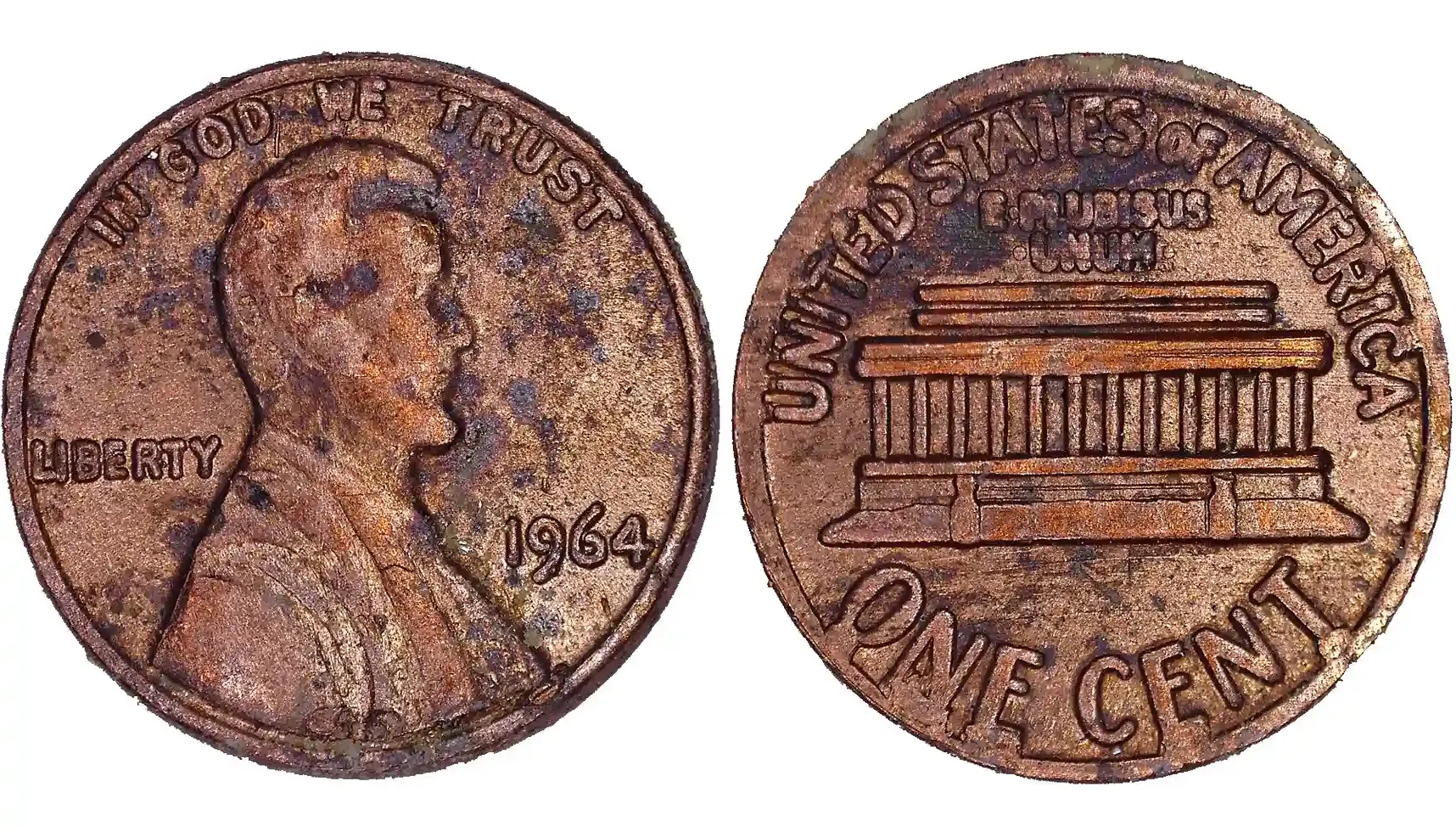
Mint Marks
The production of this coin took place in two mints, i.e., the one situated in Philadelphia and another established in Denver. As a rule, pennies made in Philadelphia do not have a mint mark at all, while those produced by the Denver Mint should bear a tiny "D" mint mark beneath the date.
Variations and 1964 Penny Errors
1964 penny error list is usually long and profound, as it incorporates some of the most valuable instances ever minted within the program. As we know, the major part of 1964 pennies refer to conventional strikes, but some might include errors or deviations that increase their value for good.
Typical mistakes include: doubled die errors (i.e., the slight duplication of inscriptions or design elements that occurs during the minting process), repunched mint marks or RPMs (i.e., visible overlaps of mint marks usually found on coins struck in Denver, and off-center strikes (i.e, a misaligned design as a result of incorrect minting placement).
Edge
As with all Lincoln Cents, the 1964 penny has a smooth, unreeded edge.
Condition and Appearance
The 1964 penny worth is greatly influenced by its condition, and this cannot be changed. While circulating coins regularly exhibit wear, coins in Mint State (MS) condition maintain their pristine shine and crisp features. Collectors value samples that are uncirculated or that have received high grades from reputable grading services like PCGS (i.e., Professional Coin Grading Service) or NGC (i.e., Numismatic Guaranty Company).
Abundance in Circulation
Due to a nationwide coin scarcity, the 1964 penny was produced in large quantities, which forced it to become one of the most widely used pennies in American history. Even so, some characteristics (e.g., errors or proper circumstances) might improve its position on the market and increase its value in the end.
1964 Penny Value (of Types and Factors)
1964 D Penny value (as well as the value of an instance produced in Philadelphia) completely depends on a few factors and, hence, varies from its face value of one cent to thousands of dollars. Looking for uncommon instances might be a solution, yet an understanding of how the market price is formed is still useful. So, let us check.
Circulation Value
When it is fine yet already circulated, the value of the 1964 pennies remains the same. Their metal content, however, can be definitive. These instances are usually made of approximately 2.95 grams of copper. Although it is illegal to melt US coins for scrap value, copper's intrinsic worth could grow above one cent if copper prices increase.
Mint Types and Their Value
The location of minting does affect a 1964 penny's value for sure. Pennies produced at the Philadelphia Mint (i.e., the 1964 no mint mark penny) are the most widely available and made in large quantities, so they are often worth one cent when in circulation. They can sell for $0.25 to $1 when in uncirculated form (graded MS-63 or better).
As for the Denver Mint, it manufactured fewer instances. While uncirculated 1964 Penny D can sell for $0.30 to $1.50, depending on grade, circulated ones are worth their face value only.
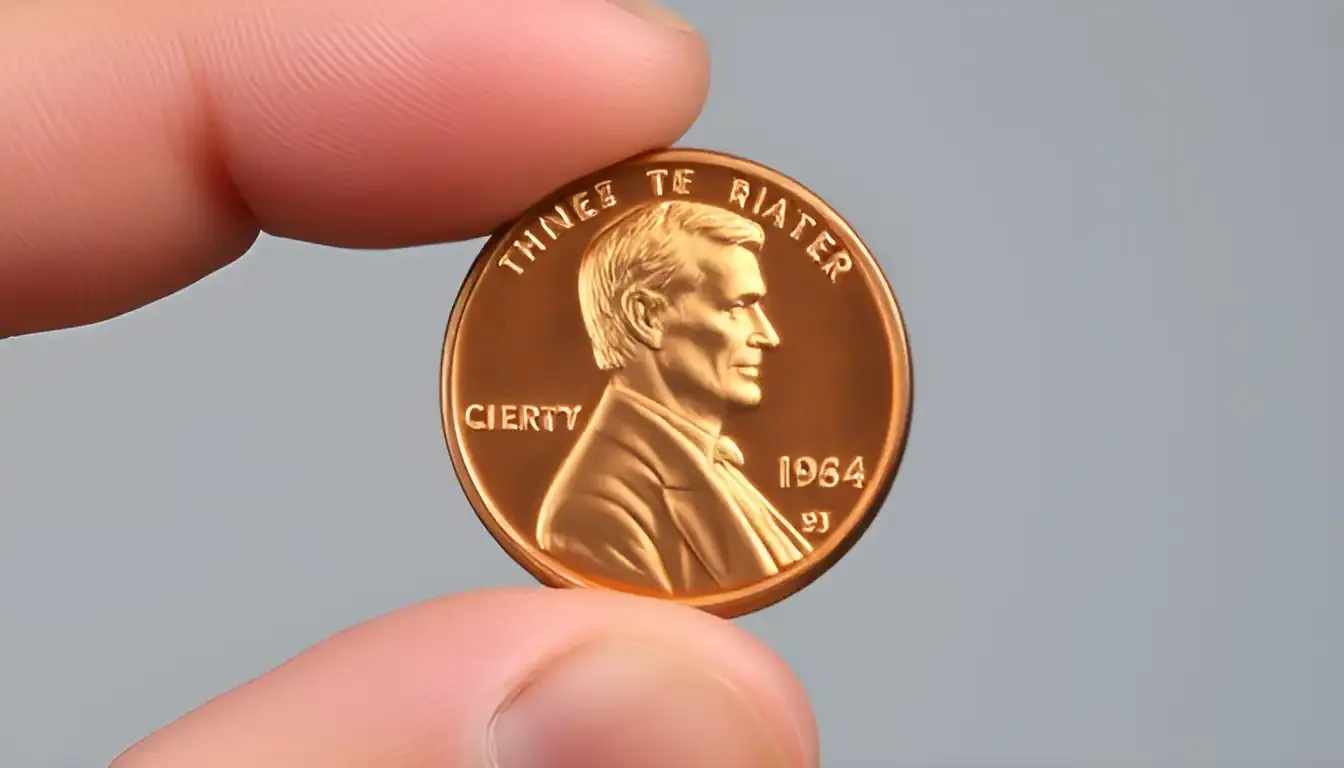
NB: There was no official special series issued under the name of 1964 pennies. However, some experimental samples were distributed, and their costs cannot be imagined ( hundreds or even thousands of dollars).
1964 Error pennies
Minting flaws on 1964 pennies make them extremely collectible and can fetch much more than their usual value. Doubled die errors may fall into the range of $25 to $200, depending on how severe the doubling is. Repunched Mint Mark (RPM) cannot be considered a premium option, which is why the price is modest, i.e., $5 to $50. Finally, there are off-center strikes that may be worth $10 to $100, contingent on the extent of misalignment.
Examples of Sale Prices
Circulated Coin: Typically worth $0.01.
Mint State (MS-65): Ranges from $0.50 to $2 depending on the mint mark.
Doubled Die Error: Sold at auction for $100–$300.
Off-Center Strike: Auction prices range from $50 to $150.
Rare SMS or Experimental Strike: These coins, if authenticated, can sell for $5,000 or more.
Cultural Impact and Public Sentiments
A prime example of how even seemingly innocuous items may have profound cultural and historical importance is the 1964 penny. The penny was more than just a small denomination. It was about confidence in the American economy.
In 1964, coin hoarding became widespread as a result of public concerns over changes in US coinage. Many Americans started hoarding coins as investments or keepsakes when the Coinage Act of 1965, which would have removed silver from the majority of coins, was approaching. Even though the copper content of the penny did not alter, the period's general worries about the coinage's future increased manufacturing and added to its excess.
A key element that determined how the public could feel about the 1964 penny was nostalgia. Families, kids, and amateur enthusiasts turned the penny into an heirloom and a reminiscence of the good old days. Many homes had jars of pennies, which were physical reminders of both private and national history. This little coin represented treasured memories and common customs, and its emotional relevance went beyond its monetary value.
Whereas inflation diminished the penny's purchasing power, its symbolic value remained the same. The penny's cultural significance persisted even though its face value could no longer be purchased as much as it did in earlier decades. Phrases like "a penny for your thoughts" and customs like picking up a penny for luck helped to keep it alive in the public consciousness as a metaphor for humility, determination, and good fortune.
A Fine Tip: How to Collect and Preserve Coins Properly?
Handle Coins with Care
So as to prevent damage, handle coins with care at all times. To prevent oils, grime, or fingerprints from getting on the surface, hold them by their edges only. Besides, it is strongly advised to wear cotton gloves when working with high-value or uncirculated coins. Coins may have scratches or nicks that reduce their value if they are dropped or stacked squarely on top of one another.
Use Dedicated Apps for Identification
How much is a 1964 penny worth? To comprehend this information, collectors can swiftly identify coins, look up their history, and determine their possible value with specialized apps like Coin ID Scanner**. Rare faults or variants, including doubled dies or repunched mint markings on coins like the 1964 cent or the nickel 1964, can be found with the use of these tools on the spot. Just scan your coin with the use of a camera on your smartphone and enjoy quick responses and profound information deliveries.
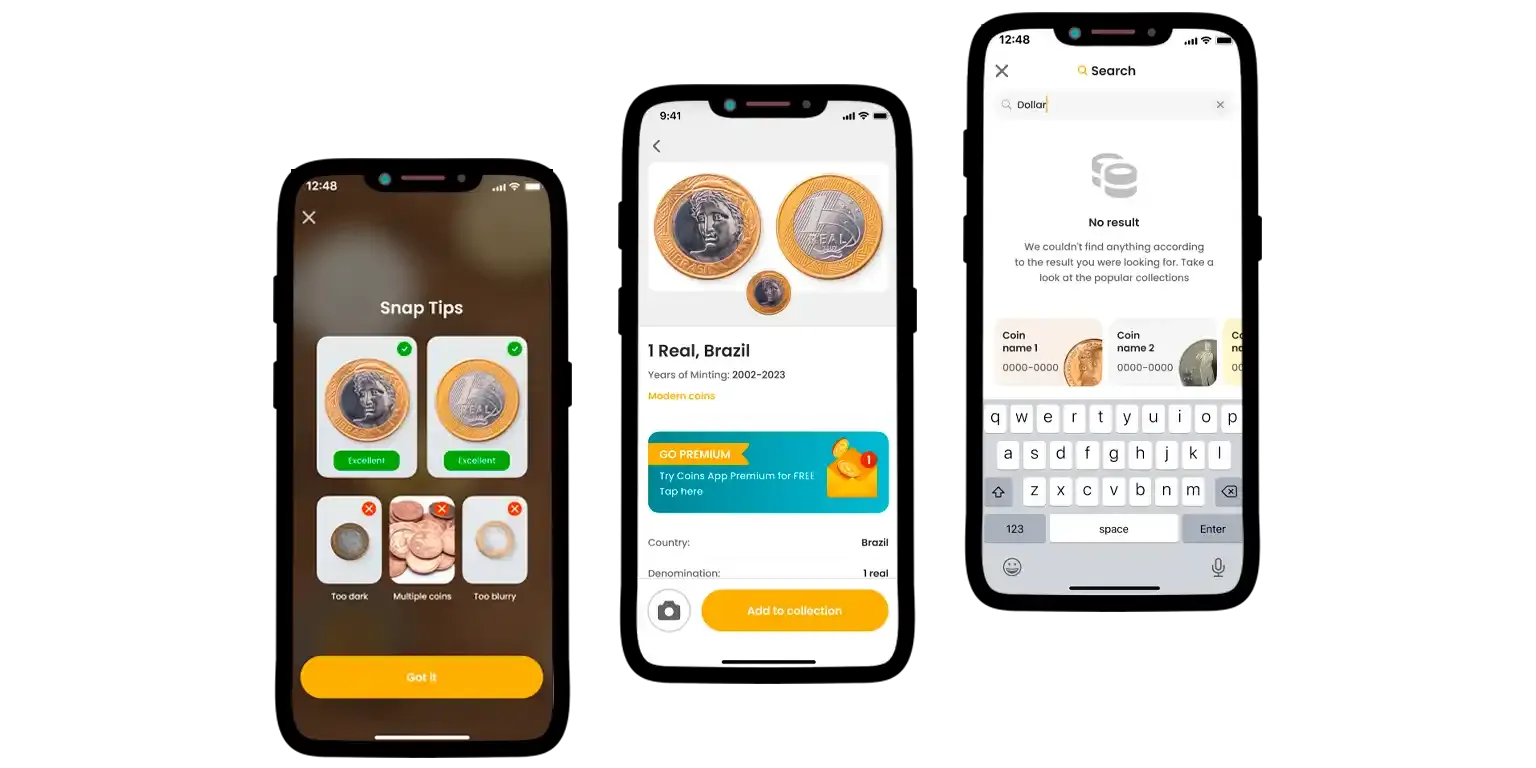
Store Coins in a Controlled Environment
The secret to keeping your coins safe is proper storage. Keep your collection out of direct sunlight, high humidity, and extremely hot or cold temperatures. Moisture, especially on copper coins like the 1964 penny, can lead to corrosion or tarnishing. This is why you should opt for premium storage solutions like coin folders or albums for collection organization, capsules or holders that are airtight to prevent environmental harm, and PVC-free plastic flips, too.
Avoid Cleaning Coins
Cleaning coins is one of the most common mistakes made by collectors. What you should know is that cleaning can remove a coin's natural patina or sheen, which drastically lowers its value even if it would seem like a good idea to restore shine. Avoid harsh chemicals and abrasive procedures since collectors respect coins in their pristine condition only. For appropriate treatment, get advice from a qualified numismatist or grading agency if a coin has to be cleaned.
Learn Coin Grading Standards
Knowing how coins are graded is always vital (regardless of what you are up to). The most widely recognized standard is the Sheldon Scale, which goes from Poor (P-1) to Mint State (MS-70). Gaining knowledge of these classifications will help you identify premium coins and comprehend how tiny differences in condition can affect value and perception.
The Last Words
how much is a penny from 1964 worth? This is the question most collectors might want to find an answer to, though this process is a bit more complicated and requires preparation from different perspectives. The 1964 penny is a regular coin with irregular worth, which is why this coin still attracts thousands of collectors worldwide. Its history, variations, and role in the development of American coinage all appeal to coin enthusiasts and enter collections with ease.
We do not intend to be trite or humdrum, but still: the 1964 penny is a piece of history minted in copper, not just another coin to be left and forgotten.
Footnotes:
*The terms "Penny" and "Lincoln Cent" refer to the same coin, which is worth one cent or one-hundredth of a dollar.
**Coin ID Scanner is an innovative application for coin collectors that offers a set of numismatic features from coin identification by photo to collection management and community integration.


